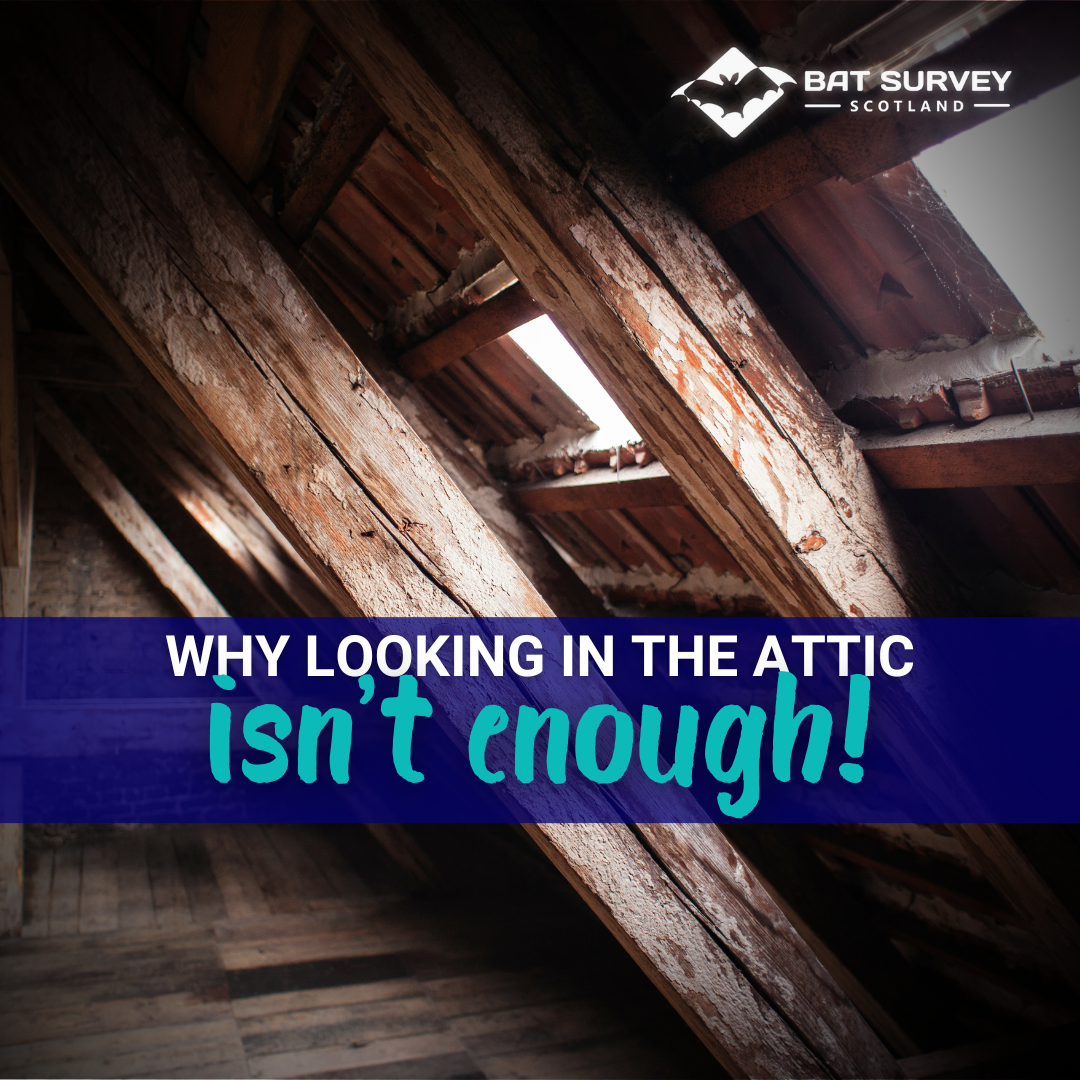Bat Survey FAQs - Part 2
Here’s the next instalment of our Bat Survey FAQs! If you’ve got a question we haven’t answered you can contact us anytime and we will be happy to help you out!
6. Why are bats protected?
Bats are a vital part of our ecosystems, eating vast numbers of insects - including midges! Their populations are a fraction of what they should be, having experienced marked declines since the end of World War II.
That’s why all bats and their roosts are legally protected. Harming or even just disturbing them is a criminal offence. This legal protection applies even when roosts aren’t occupied, and a lack of awareness of bats, a bat roost, or the legislation is not a legal defence.
If you think you might need a bat survey, get in touch with us for a no obligation quote or advice today.
7. Why are bat surveys required?
Local planning authorities (LPAs) must consider bats (and other protected species) in all planning applications. If they think there is a possibility bats are present on your development site, they will require a survey to find out for sure. This survey will inform their decision and we will outline appropriate mitigation measures to balance your needs with the bats. Finding bats isn’t an end to your project, and a survey gives you best practice protection from the risk of inadvertently committing an offence.
Fines for destroying or disturbing bats or their roosts are up to £5,000 per bat!
8. What is a Preliminary Ecological Appraisal (PEA)?
If your proposed development site has broader potential for providing habitat to wildlife, your LPA may request a PEA (or ecological assessment/appraisal, or extended phase 1 habitat survey). These are a broader look at the habitats and species present and they can be completed alongside a stage 1 bat survey.
The report from your PEA will include recommendations for any other surveys you need, including those for other protected species…
9. What other protected species will i need to consider?
Your LPA may request surveys of other protected species such as badgers, otters, or red squirrels. At smaller sites, these can happen concurrently with stage 1 or PEA surveys. For larger sites, or those with bigger potential impacts on other protected species, we will outline our recommendations clearly in your initial reports.
10. why use bat survey scotland?
We are part of David Dodds Associates Ltd - Scotland’s leading bat survey specialists, and over the last 17 years we have:
Carried out hundreds of successful surveys on behalf of our clients.
Built our reputation of delivering the highest standard of surveying and reporting.
Competitive fees that match your needs and goals.
100% success rate for licence applications and reporting.
The skills, experience, and licences to ensure you get the ecological support you need to complete your project!
If you need a bat survey (or think you might) get in touch with our team of specialist ecologists!
Or read more of our latest blogs here:





